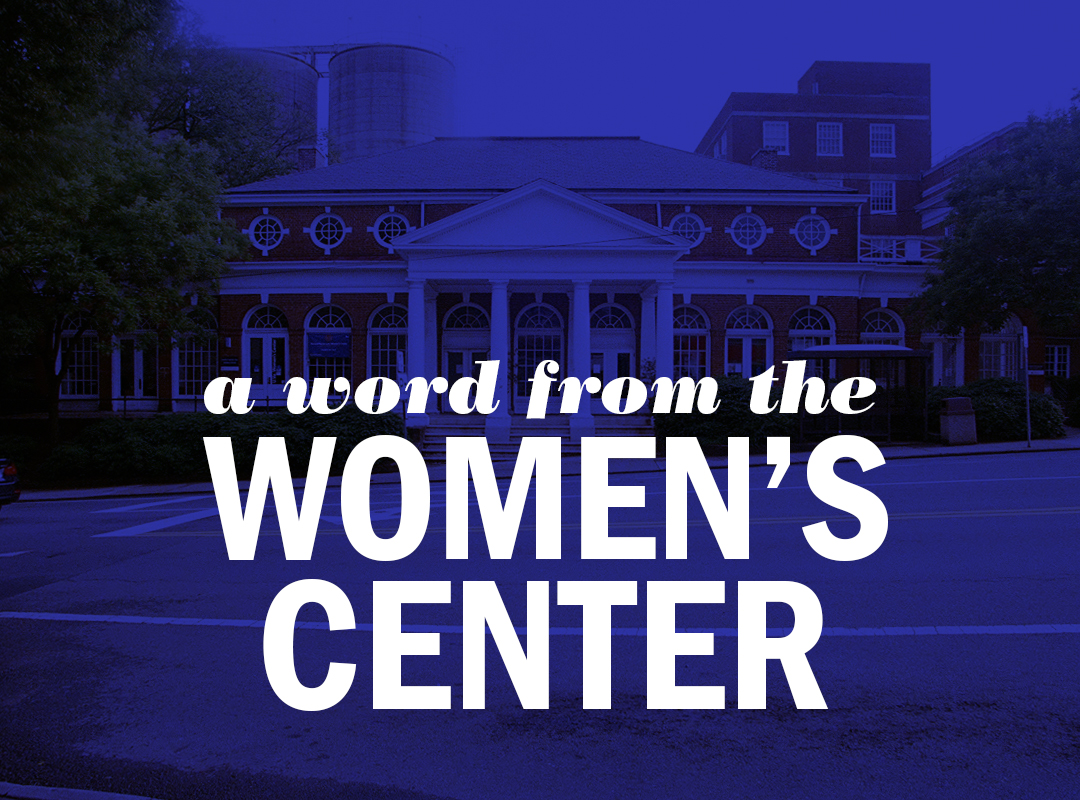
The news of the leaked draft of the SCOTUS ruling in Dobbs v. Jackson Women’s Health Organization might have you looking for a crash course on some of the important elements of contemporary debates about abortion. If so, here’s a brief round-up:
Who gets abortions in the US?
Many people have an image in the mind of who gets abortions in the US. Wondering how accurate your mental picture is? The NYTimes published an analysis in December (republished on May 2, 2022) of the most recent available data. It shows that the majority of people who seek abortions are poor mothers - 75% live at or below 200% of the poverty level and 60% already have at least one child.
Is the contemporary debate about abortion divided between religious opponents of abortion and secular proponents of access?
The dominant narrative often frames this debate in religious versus secular terms. Certainly, a number of opponents of abortion oppose access on religious grounds; similarly, a number of supporters of legal access base their support on secular reasons. But this starkly understood dichotomy misses the nuance of how many faith traditions view abortion in moral terms, and fails to consider the views of atheists.
How is the protection of unenumerated rights enshrined in the Constitution?
Roger Pilon explains, “the Ninth Amendment was included in the Bill of Rights because it was impossible to enumerate all of our rights; but the failure to do so would be construed, by ordinary rules of legal construction, as implying that such unenumerated rights were not to be secured.” David H. Gans extends this discussion to the Fourteenth Amendment, connecting the context of its drafting with the horrific impact of slavery on the family. As he explains, “The denial of these basic rights under slavery provided an invaluable lesson about the meaning of freedom: Decisions about marriage, family, and reproduction had to be left to the individual, not coerced by the government or subject to the brutal domination of another.” Many of the unenumerated rights that the Supreme Court has recognized uphold a zone of privacy around family matters.
What is the difference between reproductive rights and reproductive justice?
Where the concept of reproductive rights is concerned with access to reproductive services like contraception or abortion, the reproductive justice framework responds to the brutal distortion of familial ties under slavery to also assert the rights of all women to have children, to not have children, and to nurture the children they have in a safe and healthy environment.
What is the timeline of pregnancy? Just how long (or short) is six weeks?
The timeline of pregnancy seems a little fuzzy: people talk about 40 weeks and being pregnant for 9 months, but that math doesn’t add up… The medical community traditionally dates a pregnancy from the first day of the person’s last menstrual period because, prior to widespread access to reliable pregnancy tests, that was the one date a person was likely to confidently know. But ovulation occurs approximately two weeks later, and so a person is two weeks into the timeline when fertilization actually occurs. Implantation, the moment that doctors mark as the beginning of a pregnancy, happens 6-12 days after ovulation. The next menstrual cycle isn’t expected for another week. So, in the language of dating weeks of a pregnancy, a person is already four weeks pregnant by the time they even expect their next period to start.
How does the rest of the world view abortion?
Globally speaking, Mary Fitzgerald reported in December that laws have liberalized over the past two and a half decades, as Rob Picheta’s reporting confirmed. The United States, of course, stands nearly alone across the globe in failing to guarantee paid maternity leave or other elements of a strong social safety net that would support mothers who are raising children.

